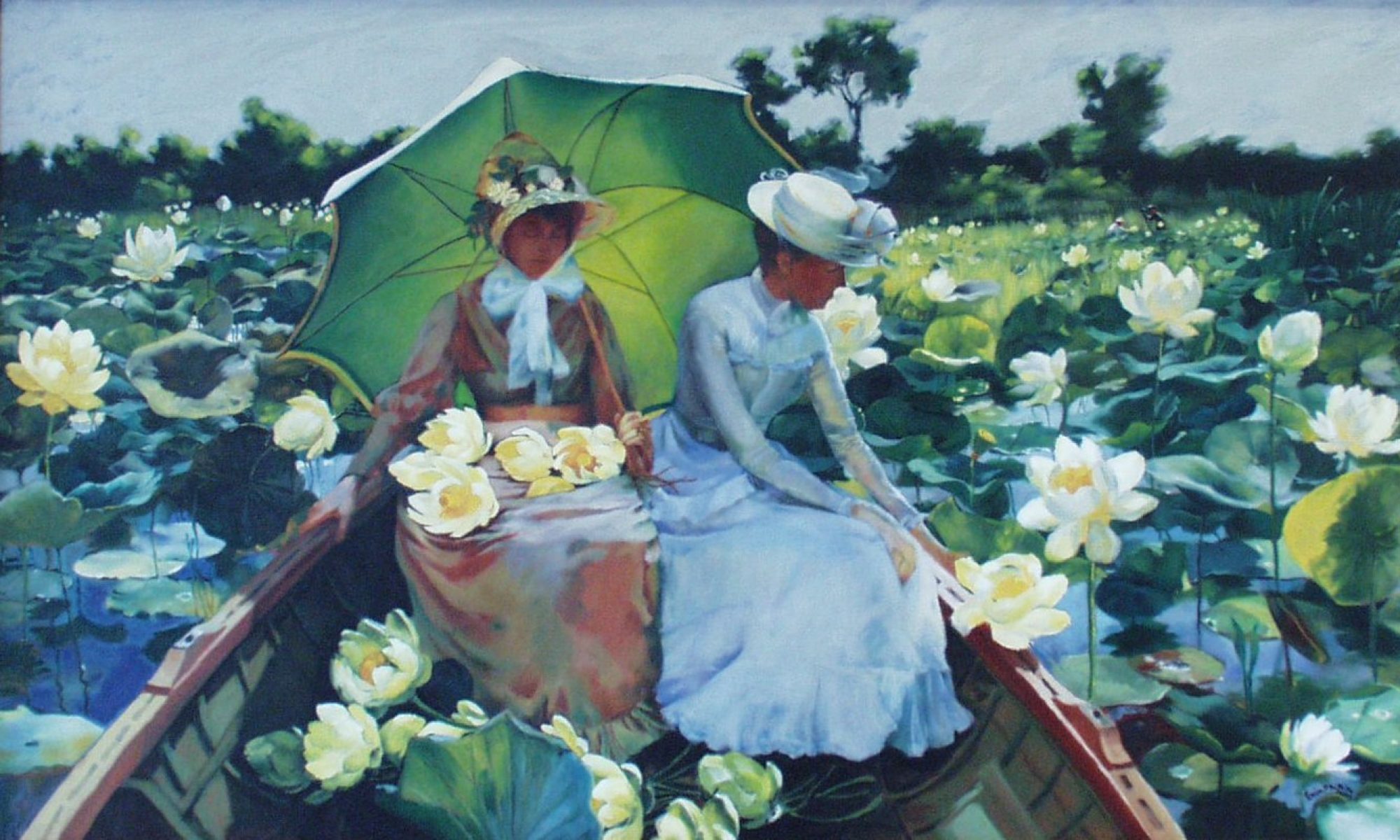Summer Camps & Workshops 2025
We will not be holding any Summer Camps at our location. We will, however, run two Drawing and Painting Camps & Workshops. One will focus on outdoor drawing and painting; the other will focus on pushing a sketch to completion on location at a professional artist’s studio in St. Paul.

-Vincent Van Gogh
1853-1890
In this summer camp & workshop section we advertise workshops for teens and adults by local artists we dearly admire. They stand with dedication to pass on traditional methods in practical ways to the next generation of Minnesota painters. Many of the students who join these camps find that their skills progress very quickly because of the steady routine a daily workshop offers.
Attendees will receive individual instruction and work at their own pace in a non-competitive environment. Student to teacher ratio is always low to ensure a successful learning experience.
All camps are open to both new and continuing students. The course description, date, time. and cost for each workshop is listed below.
Dates and costs are also listed on our registration page.
Stuart Loughridge Summer Camp & Workshop 1: Outdoor Landscape Sketching in Pencil and Watercolor, Ages 13-Adult

A Series of Watercolor River Sketches dating from March 8th, 2020, through April 11th, 2020
(A bicycle was the mode of transport used when Stuart went out to paint these sketches.)
Tuesday August 12th – Friday August 15th*
*This camp meets 9:00 am – 4:00 pm each day.
Minnesota Artist Stuart Loughridge is helping us take outdoor art education to a whole new level! We are proud to advertise that he will teach students how to draw and create pencil, ink, and watercolor sketches outdoors using a limited number of supplies for maximum portability. This four-day workshop will be held at Minnehaha Falls, which has ample parking, public bathrooms, and rain shelter.
Stuart is one of the finest landscape artists in the Twin Cities, so DON'T miss this unique opportunity to study with this dedicated artist!
The cost of the Camp is $350.
Stuart Loughridge Summer Camp & Workshop 2: Outdoor Landscape Sketching in Pencil and Watercolor, Ages 13-Adult

Watercolor: Mississippi River on an Overcast Winter’s Day
Private Collection
Monday August 18th – Wednesday August 20th*
*This camp meets 9:00 am – 4:00 pm each day.
This workshop is geared toward students who attend this year’s Outdoor Landscape Sketching in Pencil and Watercolor Camp & Workshop, or have joined one of his past Summer offerings.
Students will meet at Stuart’s studio off 7th Street in St. Paul and learn how to take pencil, ink, and watercolor sketches done from nature and transform them into memorable finished work. Much emphasis will be placed on the study of compositional motifs and advanced watercolor techniques to enrich the aesthetics of the final image. Stuart’s individual tutorials will serve as invaluable lessons to all budding artists taking this workshop.
Stuart’s St. Paul Studio Workshop
274 Goodrich Avenue
St Paul, MN 55102
directions
The cost of the Camp is $300.
Take both of Stuart’s Summer Camps & Workshops for $625. That’s a $25 discount!



































You must be logged in to post a comment.